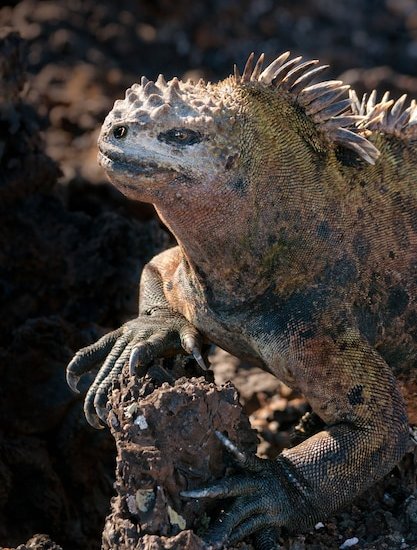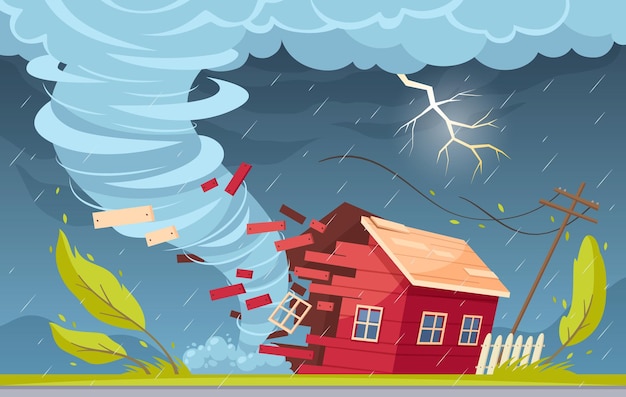Penguin Fun Facts for Kids

Penguins are birds, but they can’t fly!
Penguins have a special gland that helps them stay waterproof.
Did you know that penguins have a layer of fat called blubber to keep them warm in cold water?
Penguins have excellent eyesight, both underwater and on the land.
Some penguins can dive as deep as 1,500 feet!
Penguins have a unique way of walking called waddling.
Penguins have an impressive ability to swim up to 15 miles per hour!
Penguins mate for life and often return to the same nesting site each year.
The largest penguin species, the Emperor Penguin, can grow up to 4 feet tall.
Some penguins, like the Gentoo Penguin, have colorful feathers on their head.
Penguins use a special call, known as a braying call, to communicate with each other.
Penguins swallow small stones to help them digest their food better.
Penguins have a thick layer of blubber to insulate themselves from the cold.
Penguins can hold their breath for several minutes while diving underwater.
Penguins are excellent divers and can reach depths of over 500 meters.
Penguins have a streamlined body and tightly-packed feathers to help them swim faster.
Penguins can slow down their heart rate to conserve energy during long dives.
Penguins are social creatures and live in large colonies called rookeries.
Penguins build nests out of rocks or dig burrows to lay their eggs.
Penguins take turns incubating their eggs, with both the male and female sharing the responsibility.
Penguin Fun Facts for Kids part 2
The smallest penguin species, the Little Blue Penguin, stands about 13 inches tall.
Penguins eat mainly fish and krill.
Some penguins, such as the Adelie Penguin, can slide on their bellies to move around faster.
Penguins have a waterproof coat of feathers that keeps them dry and warm in the water.
Penguins have a special gland near their eyes that filters out excess salt from seawater.
Penguins molt their feathers once a year, which helps them stay in top condition.
Penguins have been around for millions of years, dating back to the time of the dinosaurs.
Penguins have a unique way of greeting each other by bowing their heads.
Penguins are excellent swimmers but are quite clumsy on land.
Penguins have a high-pitched call that helps them find their mates in crowded colonies.
Penguins have a natural instinct to huddle together for warmth during freezing temperatures.
Penguins have a thick layer of blubber that helps them float in the water.
Penguins have a strong sense of direction and can navigate long distances to find their way back to their colony.
Penguins have a sharp beak that helps them catch and eat fish.
Penguins have a tight-knit social structure within their colonies.
Penguins have a layer of feathers called aqua-dynamic feathers that help reduce drag while swimming.
Penguins have a black and white coloration, which helps camouflage them from predators.
Penguins have a unique way of sliding on their bellies called tobogganing.
Penguins have specialized feathers that allow them to swim more efficiently.
Penguins have a keen sense of hearing, which helps them detect predators underwater.
Penguins have a streamlined body shape that reduces drag in the water.
Penguins have dense bones to help them dive and swim deeper.
Penguins have a specialized gland near their tail that releases an oily substance to help waterproof their feathers.
Penguins have a strong sense of community and work together to protect their young.
Penguins have a unique mating ritual that involves singing and dancing to attract a mate.

